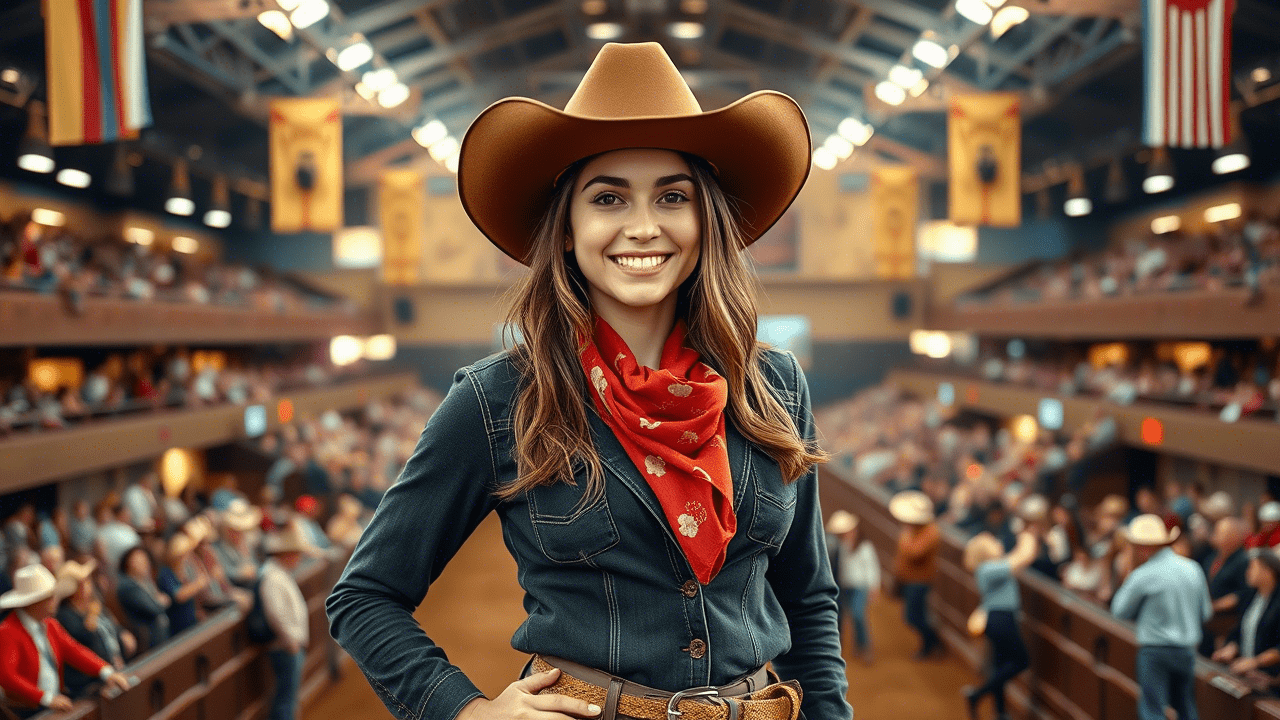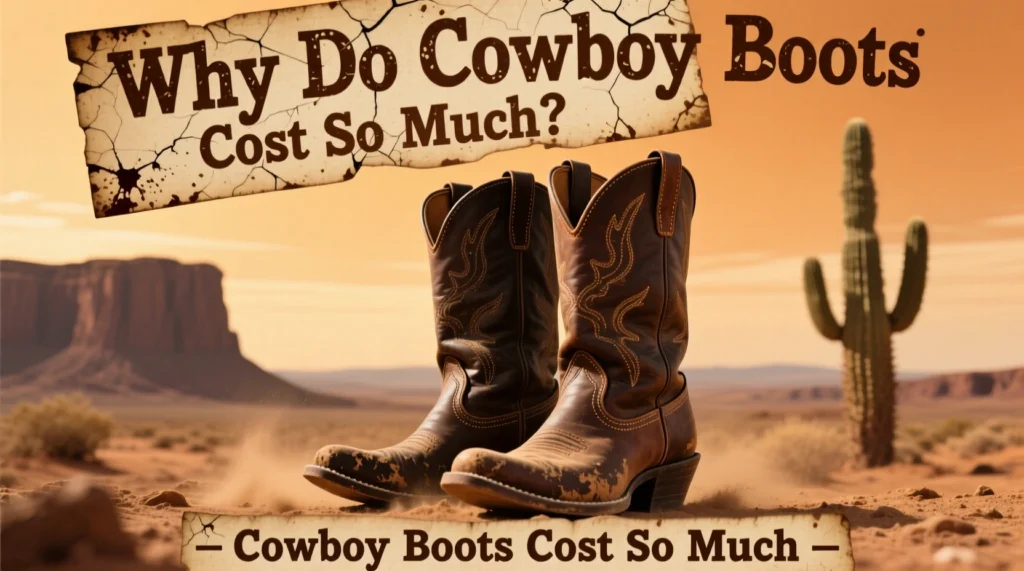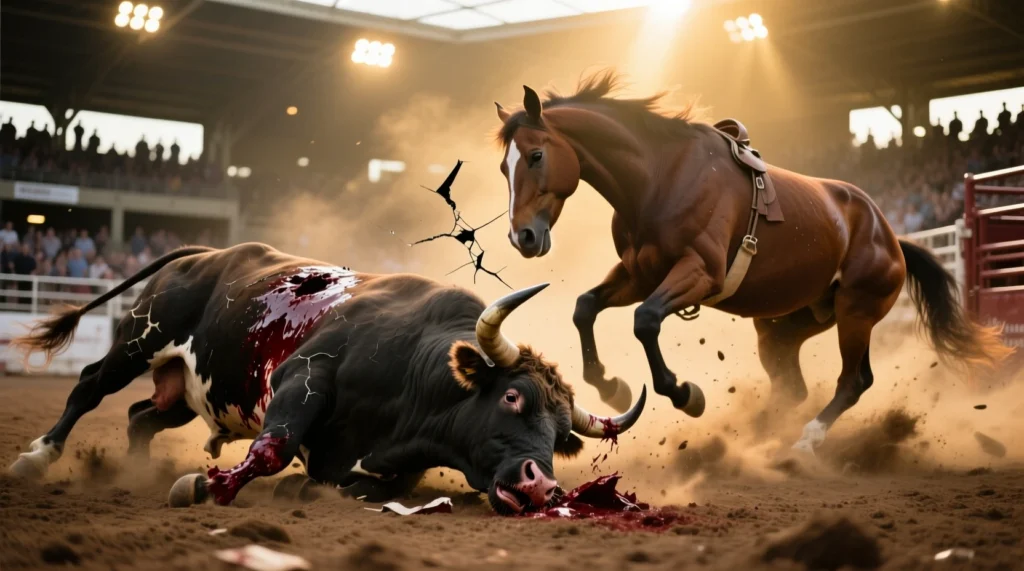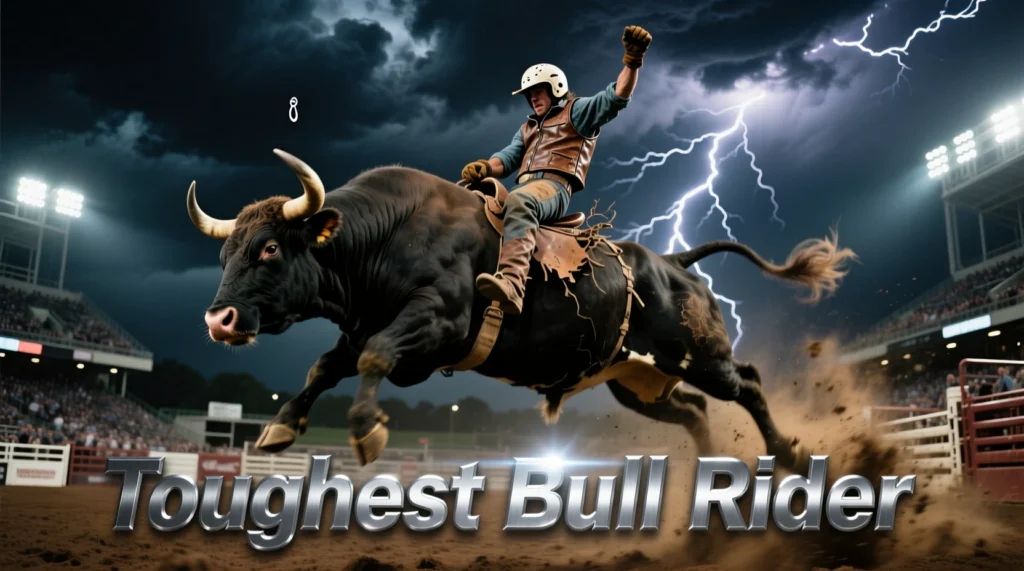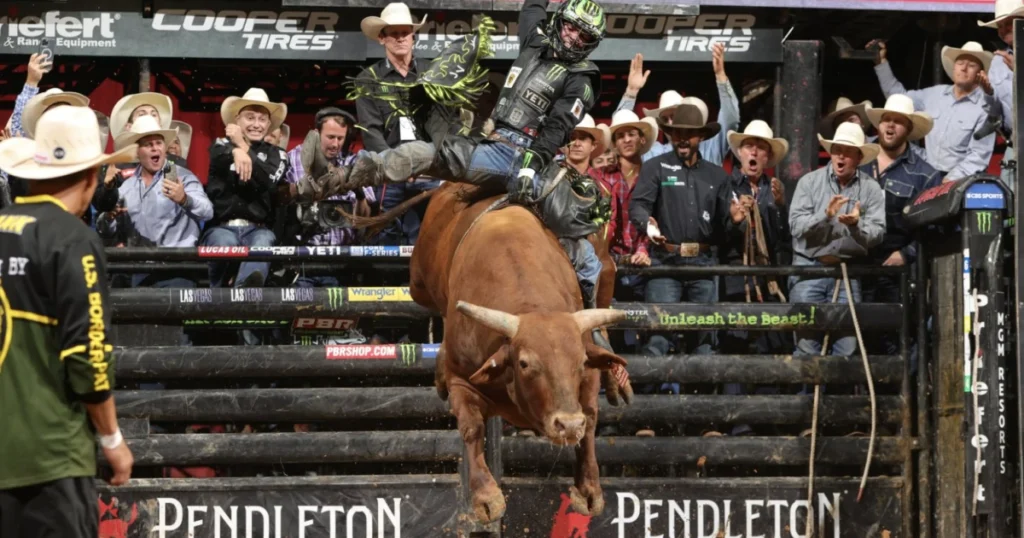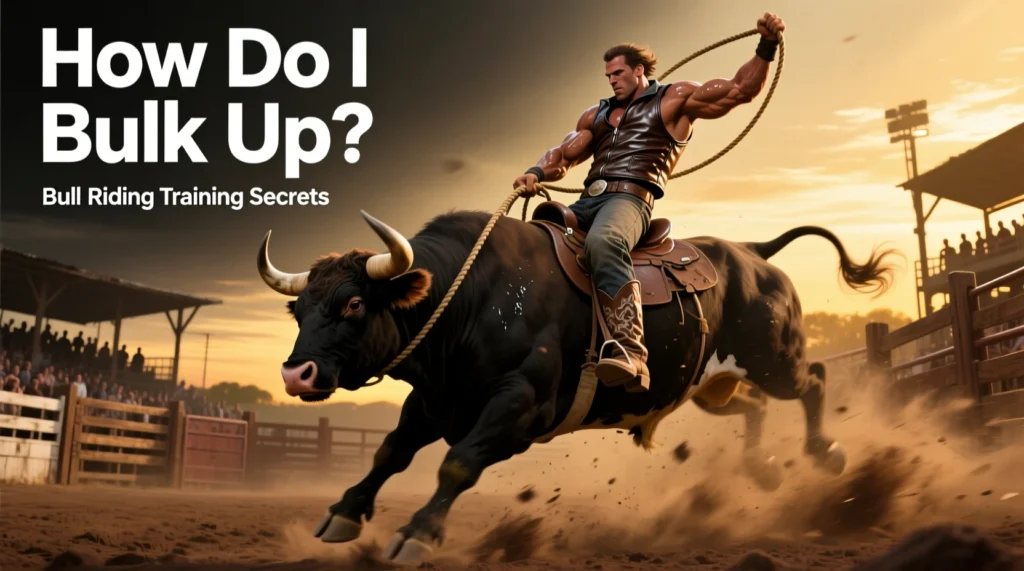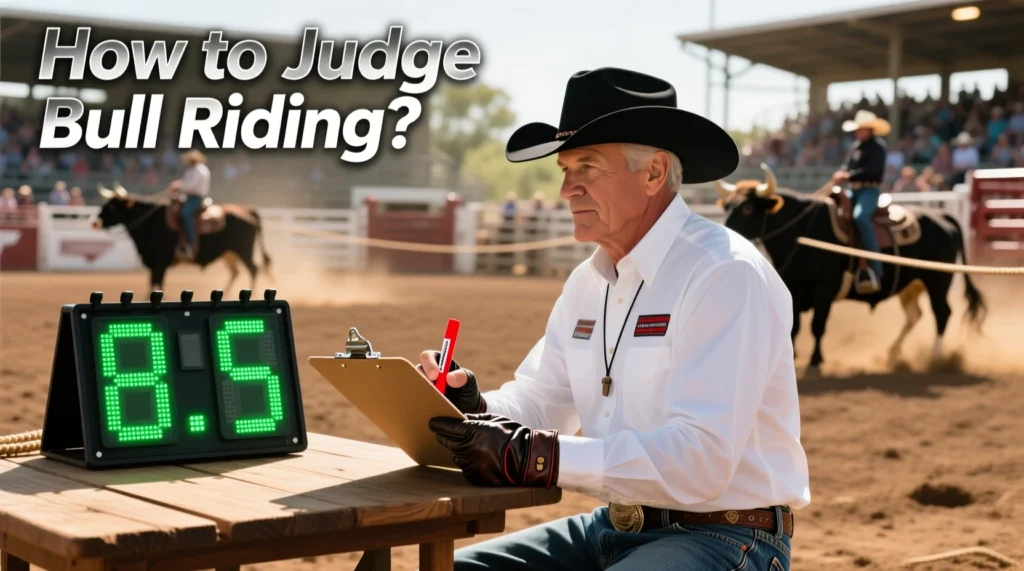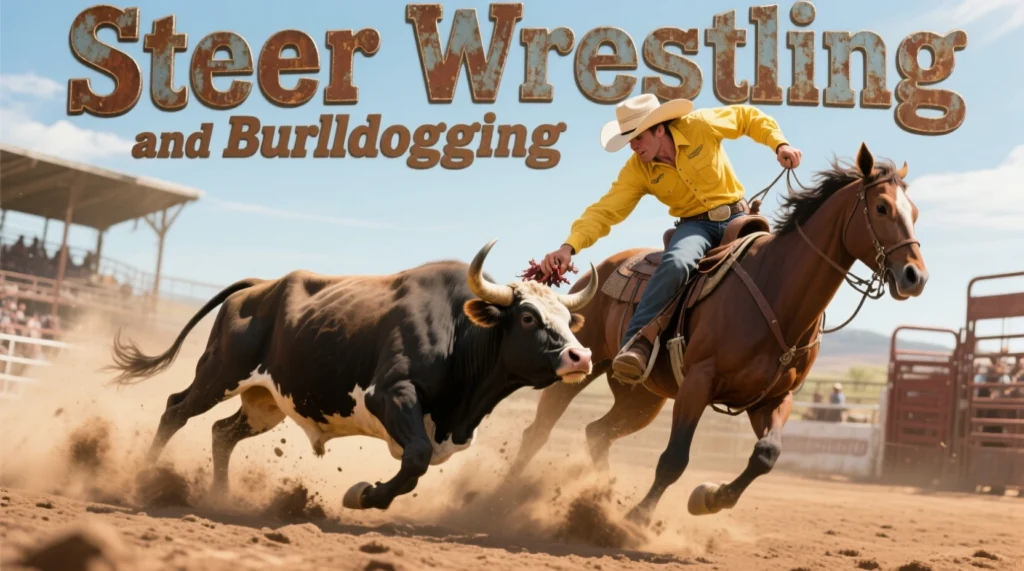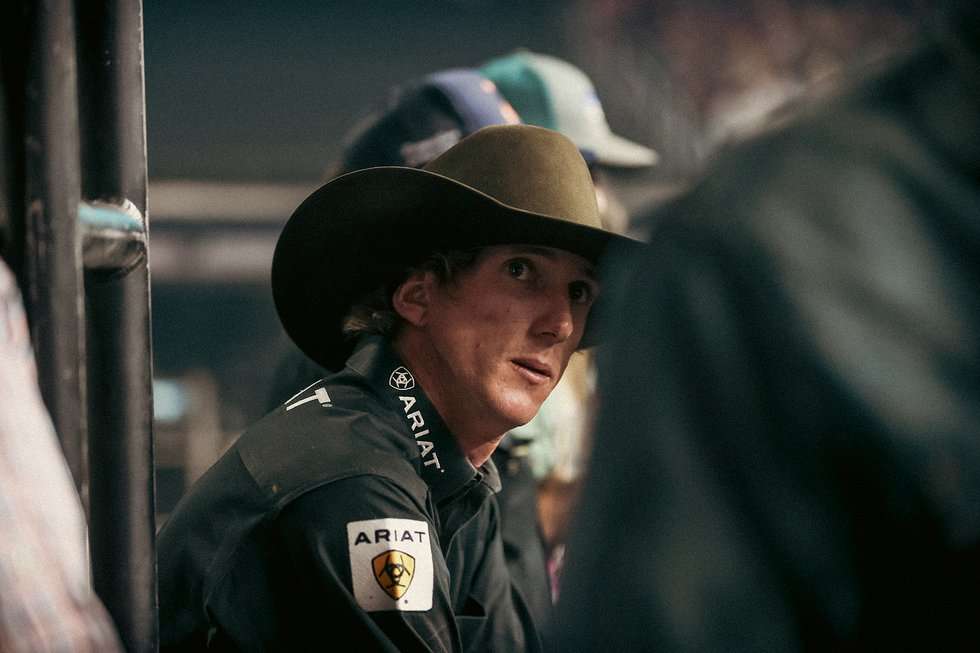Discover What Do You Call a Rodeo Girl? the true meaning behind the term cowgirl – the proper name for a rodeo girl. Explore the history, modern roles, and inspiring stories of female rodeo athletes with expert insights and statistics from WPRA.
Table of Contents
The most authentic and widely accepted term for a female rodeo competitor is “cowgirl”. The title has deep historical roots and modern athletic respect, rejecting outdated stereotypes such as “rodeo queen” (which refers to ceremonial ambassadors) or lesser labels. Cowgirls embody a legacy of skill, grit, and breaking barriers in a sport once dominated by men. Today, more than 3,000 professional cowgirls compete under the Women’s Professional Rodeo Association (WPRA), earning more than $5 million annually in prestigious events such as barrel racing, breakaway roping, and team roping.
The Historical Roots of “Cowgirl” What Do You Call a Rodeo Girl?
The term “cowgirl” emerged in the late 19th century as rodeo evolved from ranch work to organized sport. Women such as Annie Oakley (a sharpshooter in Buffalo Bill’s Wild West Show) and Prairie Rose Henderson (who competed in the Cheyenne Frontier Days in 1901) defied societal norms by mastering roping, riding, and trick performances. By 1908, a 10-year-old girl demonstrated roping skills at Madison Square Garden, cementing the cowgirl’s place in rodeo culture.
Early rodeos were surprisingly inclusive, with women competing alongside men in bronc riding and steer wrestling. Tragedies such as the death of bronc rider Bonnie McCarroll in 1929, however, led many rodeos to exclude women from some form of stock events. The setback sparked resilience: In 1948, Texan women formed the Girls Rodeo Association (GRA) – renamed WPRA in 1981 – to reclaim their competitive space. Their activism preserved the cowgirl identity through new time-honored events like barrel racing.
Evolution of the Cowgirl in Modern Rodeo
Modern cowgirls compete as elite athletes, not novelty items. The WPRA now sanctions 1,500+ annual events, with the championship decided by the National Finals Rodeo (NFR). Key roles include:
- Barrel Racers: Speed experts navigating the cloverleaf pattern (e.g., Jackie Crawford, 7-time world champion).
- Breakaway Ropers: Experts in lashing calves with split-second precision (e.g., Martha Angelone, 2023 WRWC champion).
- Team Ropers: Partnered “headers” or “heelers” with male counterparts in mixed-gender events
Cowgirls by the Numbers
| Metric | Statistic |
|---|---|
| WPRA Members | 3,000+ athletes |
| Annual Prize Money | >$5 million |
| Youth Participation | Girls as young as 7 compete locally |
| NFR Barrel Racing Payout | $100,000+ per champion |
Why “Cowgirl” Matters: Identity and Empowerment
For competitors, “cowgirl” is a symbol of athleticism, tradition, and cultural pride. As photographer Ilona Szwarc has observed, young rodeo girls subvert traditional femininity by pairing practical denim with personalization (like floral chaps or sequined shirts), asserting their identity in a male-dominated field.
Texas cowgirl Nancy Binford – a WPRA pioneer – exemplifies this spirit. In 1948, she co-founded the GRA to ensure that women received equal prize money and recognition. Today, stars like Hayley Kinsel (a 4-time NFR barrel racing champion) use platforms like the Women’s Rodeo World Championship (WRWC) to inspire girls, proving that “cowgirl” is synonymous with excellence.
Regional and contextual terms
Although “cowgirl” is universal, the context forms are important:
- Youth Riders: Often called “Junior Cowgirls” or “Little Birches” (e.g., Texas circuits with an under-12 division).
- Formal Role: “Rodeo Queens” are non-competitive ambassadors.
- Spanish Influence: “Vaquera” acknowledges rodeo’s Mexican vaquero roots but is rarely used.
Historical vs. Modern Terminology
| Era | Primary Term | Key Events |
|---|---|---|
| 1880s – 1920s | Cowgirl | Bronc riding, steer roping |
| 1930s – 1940s | Contestant | Limited roles post-McCarroll |
| 1950s – Present | Cowgirl | Barrel racing, breakaway roping |
The Cowgirl Legacy
Calling a rodeo girl a “cowgirl” honors a legacy of resilience and skill. From Annie Oakley to today’s WPRA champions, the title reflects athletic toughness and cultural heritage. As the ranks of young riders like 7-year-old Texan barrel racers (who train with horses daily) grow, the cowgirl identity evolves – blending tradition with modern inclusion.
For audiences, using “cowgirl” properly shows respect for the history of rodeo and the talent of its athletes. As the WPRA celebrates its 75th anniversary, the term stands as a testament to the women who have made rodeo a great place to be.
Original insight: The term “cowgirl” gained legitimacy through the WPRA’s fight for equal prize money – a battle that still rages on in some mixed events.

